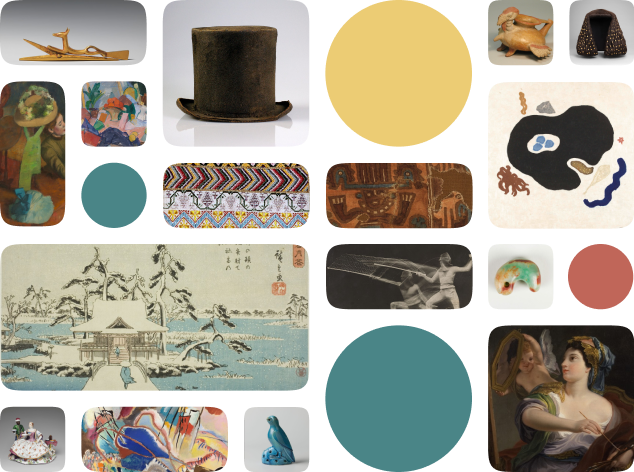Panel Portrait of a Woman
Creator Name
Cultural Context
Date
Source
About the Work
Funerary portraits immortalize the sitter, and their status, for eternity. Fayum portraits, named after the Faiyum Governorate where many of them were found in the 19th and 20th century, depict elite Greco-Egyptian sitters from Roman Imperial Egypt.
This woman ‘s portrait has grown hazy with age, but we can still see her brilliantly gilded earrings, gold coin necklace, and gold details on her garment. The knot in her purple and white garment may associate her with the cult of the goddess Isis. Isis merged with the Greek goddess Aphrodite in some places during the Ptolemaic dynasty. Isis-Aphrodite was still popular during this woman’s lifetime, reinforcing the syncretic beliefs about life, death, and divinity that characterized Fayum portraits, which drew from both Egyptian and Greco-Roman funerary practices.
Work details
Title
Creator
Worktype
Cultural Context
Material
Dimensions
Technique
Language
Date
Provenance
Style Period
Rights
Inscription
Location
Source
Subjects
Topic
Curationist Contributors
Related Content
All Works in Curationist’s archives can be reproduced and used freely. How to attribute this Work:
Help us improve this content!
Save this work.
